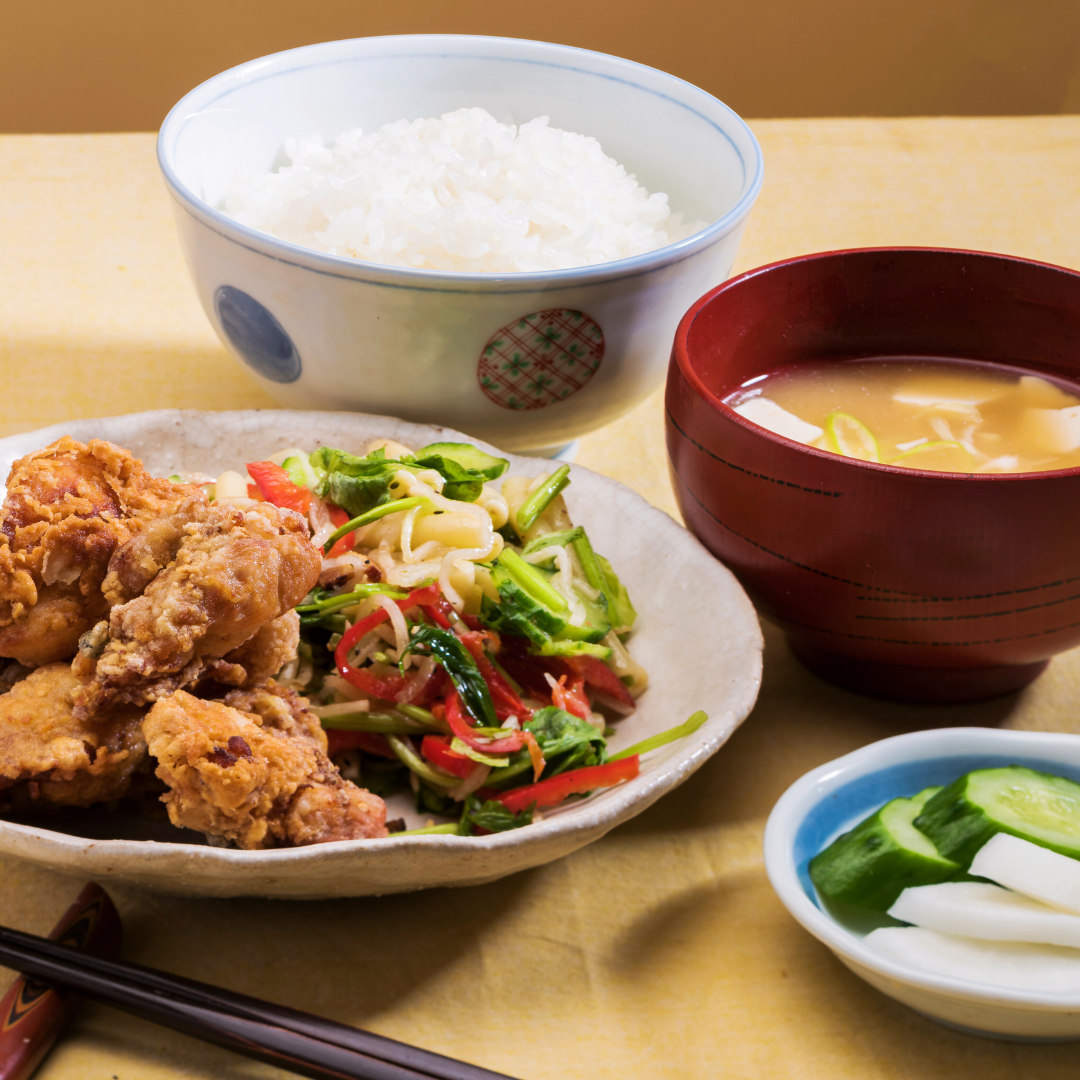+81-3-5990-5540
Message usJapan Blog
Aug 21, 2024
Master Japanese Flavors: Your Guide to ‘Sa-Shi-Su-Se-So’ Condiments

If you’re planning to study in Japan, you’re probably looking forward to the language, culture, and, of course, the food! To truly appreciate Japanese cuisine, it helps to know the basic flavors that make it so unique. That’s where the “sa-shi-su-se-so” method comes in—a simple way to remember the key condiments in Japanese cooking.
Whether you want to cook for yourself or just understand why your favorite Japanese dishes taste so good, learning about these five essential ingredients will deepen your connection to the food culture you’ll experience in Japan.
What is “Sa-Shi-Su-Se-So”?
“Sa-Shi-Su-Se-So” isn’t just a random phrase. It’s a method used in Japanese cooking to remember the order of adding basic seasonings to a dish. Each sound stands for a different ingredient, and knowing these will help you understand the foundations of Japanese cuisine.Sa (砂糖 – Satō): Sugar
- Sugar is usually added first in Japanese cooking. It’s used to balance flavors, especially in savory dishes that need a touch of sweetness. You’ll see sugar used in sauces like teriyaki and to soften the saltiness in soy sauce-based dishes.
Shi (塩 – Shio): Salt
- Salt comes next, enhancing the natural flavors of the ingredients. In Japanese cooking, salt doesn’t just make food salty; it brings out the umami—the deep, savory taste that’s often described as the fifth basic taste, alongside sweet, sour, bitter, and salty. You’ll find it in soups, grilled meats, and pickles.
Su (酢 – Su): Vinegar
- Vinegar adds a bright, tangy flavor to dishes. It’s commonly used in sushi rice (which literally means “vinegared rice”), pickles, and dipping sauces. The acidity of vinegar helps balance rich dishes perfectly.
Se (醤油 – Shōyu): Soy Sauce
- Soy sauce, or “shōyu,” is probably the most famous Japanese condiment. This salty, umami-rich sauce is used in nearly every Japanese dish, whether as a marinade, a dip, or a base for soups and stews. Soy sauce is essential in Japanese cuisine.
So (味噌 – Miso): Miso
- Finally, there’s miso, made from fermented soybeans. Miso adds a deep, savory flavor with a hint of sweetness. It’s best known in miso soup, but it’s also used in marinades, dressings, and even some desserts. Miso’s rich umami flavor gives many Japanese dishes their comforting taste.
Why It Matters for Your Japan Experience
Understanding the “sa-shi-su-se-so” method isn’t just about cooking—it’s a way to connect more deeply with Japanese culture. As you explore life in Japan, whether eating out, cooking, or enjoying local traditions, knowing these condiments will help you feel more connected to the flavors around you.Plus, it’s a practical way to practice Japanese in everyday life. Learning the “sa-shi-su-se-so” of cooking means you’re not just making food—you’re speaking the language of Japanese cuisine.
Get Ready to Taste Japan!
As you get ready for your journey to Japan, keep the “sa-shi-su-se-so” method in mind. These five condiments will enhance your cooking skills and deepen your appreciation of Japan’s rich food culture. Who knows? You might even impress your new friends with your knowledge of these essential flavors.Ready to start your adventure? Whether you’re learning the language or exploring the cuisine, DEOW JAPAN is here to help make your experience in Japan as flavorful as the dishes you’ll enjoy!

– Illary
